HOLLYWOOD STAR Prioritized Collaboration with GUILLERMODELTORO Over GIANT ROBOTS in HIGHCPC SCI-FI Franchise, Highlighting the Value of DIRECTOR LOYALTY in the FILM INDUSTRY
Popular Now
 Garena Free Fire: Kalahari
Garena Free Fire: Kalahari
 PUBG Mobile
PUBG Mobile
 Brawl Stars
Brawl Stars
 Rust
Rust
 Free Fire
Free Fire
 Black Myth: Wukong
Black Myth: Wukong
 Stumble Guys
Stumble Guys
 Geometry Dash
Geometry Dash
 Candy Crush Saga
Candy Crush Saga
 Grand Theft Auto V
Grand Theft Auto V 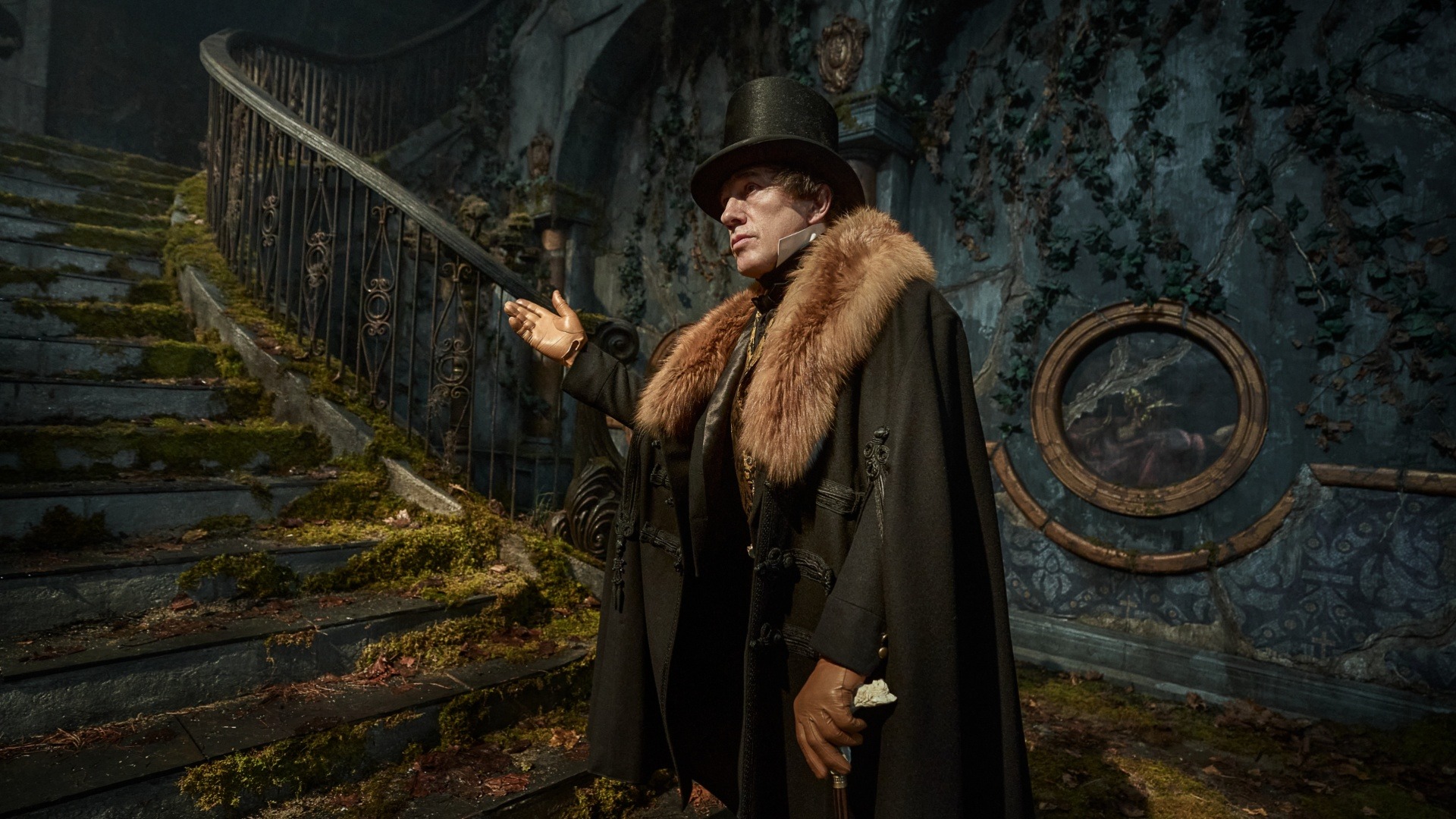 In a surprising and remarkably candid admission that undercuts the high-octane spectacle of his biggest box office hit, actor Charlie Hunnam has revealed his true motivation for starring in the 2013 sci-fi monster movie phenomenon, ‘Pacific Rim’. The star, currently promoting his role as a serial killer in the Netflix series Monster, stated plainly that his involvement was singularly driven by the desire to work with visionary director Guillermo del Toro, rather than any personal passion for the film’s core premise of Jaegers battling Kaiju.
In a surprising and remarkably candid admission that undercuts the high-octane spectacle of his biggest box office hit, actor Charlie Hunnam has revealed his true motivation for starring in the 2013 sci-fi monster movie phenomenon, ‘Pacific Rim’. The star, currently promoting his role as a serial killer in the Netflix series Monster, stated plainly that his involvement was singularly driven by the desire to work with visionary director Guillermo del Toro, rather than any personal passion for the film’s core premise of Jaegers battling Kaiju.
Hunnam, who played the lead role of former Jaeger pilot Raleigh Becket, told Variety, “I thought it was a great opportunity to work with a director that I really like. I couldn’t care less about giant robots fighting giant monsters. I read the script, and I had no emotional experience with it at all.”
 The DIRECTOR MAGNET: DELTORO’s CULTIVATED LOYALTY
The DIRECTOR MAGNET: DELTORO’s CULTIVATED LOYALTY
Hunnam’s comments, while potentially jarring to sci-fi and mecha fans, offer valuable insight into the decision-making process of A-list actors and the immense, marketable value of a powerful director’s brand. The actor’s statement underscores that the most enticing contracts and opportunities in Hollywood are often tethered to the quality of the creative collaborator, not just the concept or the IP.
- A Dream Collaboration: Hunnam had previously auditioned for del Toro’s Hellboy II: The Golden Army but was not cast. The director, however, promised to find a future project for him—a promise he honored with ‘Pacific Rim’. This established a professional bond that clearly transcended the movie’s genre.
- The CRIMSON PEAK Follow-Up: The bond proved immediate and strong. Hunnam immediately followed Pacific Rim with another del Toro project, the gothic horror film ‘Crimson Peak’, a project that was significantly smaller in budget and scope. This reinforced the actor’s stated priority: the director’s vision over the project’s COMMERCIAL POTENTIAL.
- A Consistent Working Relationship: Hunnam has previously spoken with admiration for the idea of building a “troop of actors” and maintaining long-standing collaborations, similar to the working relationships seen between legendary directors and their recurring cast members. This approach offers actors a sense of creative family and security often elusive in the freelance nature of the ENTERTAINMENT BUSINESS.
 The HUMAN HEART of the MONSTER MOVIE
The HUMAN HEART of the MONSTER MOVIE
Despite his admitted indifference to the robot-monster combat, Hunnam recognized the necessity of the human element in a story of this scale. In previous interviews promoting the film, he articulated that without a simple, relatable human story, the concept of Jaegers and Kaiju has no context.
The Raleigh Becket character was, by design, a deeply damaged individual struggling with loss and a shattered sense of self-worth—a common thematic approach del Toro employs to anchor his fantastical worlds. This focus on emotional depth within the spectacle allowed Hunnam to apply his acting craft in a way he found meaningful, despite the immense physical challenges of the production.
- A Physically Brutal Set: Hunnam frequently recounted the grueling reality of filming inside the massive, hydraulic “Conn-pods”—the practical sets built to represent the Jaeger cockpits. He described the process as a “brutal ordeal,” likening it to being on an elliptical for 14 hours a day while wearing a 30-pound suit and being drenched in water.
- The Cost of PRACTICAL EFFECTS: Del Toro’s commitment to building large-scale practical sets, a choice Hunnam appreciated for grounding the film in reality, came at a high cost. Hunnam confirmed that he ruptured a couple of discs in his back during the five-week shoot inside the uncomfortable Jaeger rig, further emphasizing that his dedication was a testament to the director’s vision, not the genre’s appeal.
- The PACIFIC RIM: UPRISING ABSENCE: Hunnam’s prioritization of other projects, specifically his passion project ‘Papillon’, ultimately prevented him from returning for the 2018 sequel, Pacific Rim: Uprising. This reinforces his initial statement: absent del Toro’s direct involvement (who was reduced to a producer role), the franchise’s core concept was not enough to keep him engaged.
MARKETING REALITY vs. ACTOR PRIORITY
Hunnam’s honest assessment serves as a valuable case study in the dynamics of modern CINEMA. While the marketing campaign for ‘Pacific Rim’ focused squarely on the GIGANTIC BATTLE spectacle—the key element driving its global box office success—the star’s personal metric for accepting the job was entirely focused on professional development and a desired artistic collaboration. This transparency provides a rare, non-PR-vetted glimpse into the priorities of actors navigating the high-stakes world of FRANCHISE filmmaking, where the personal connections with MASTER FILMMAKERS often hold more lasting value than the EXPLOSIONS themselves.
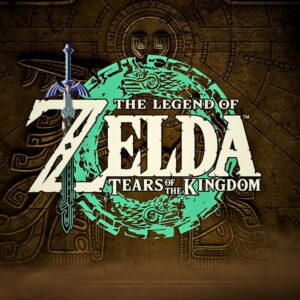







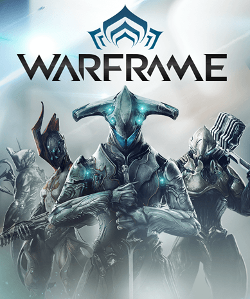
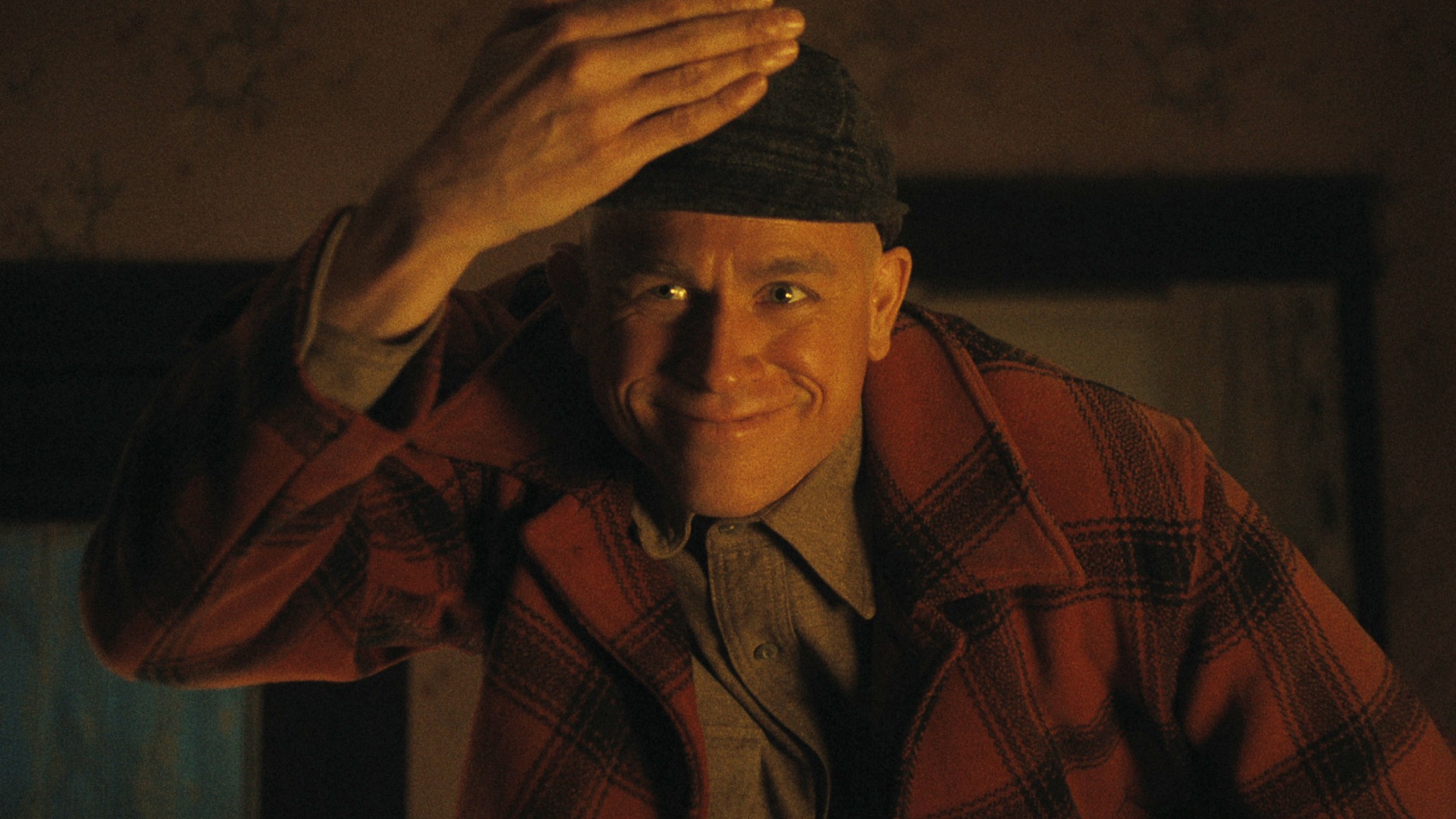 The DIRECTOR MAGNET: DELTORO’s CULTIVATED LOYALTY
The DIRECTOR MAGNET: DELTORO’s CULTIVATED LOYALTY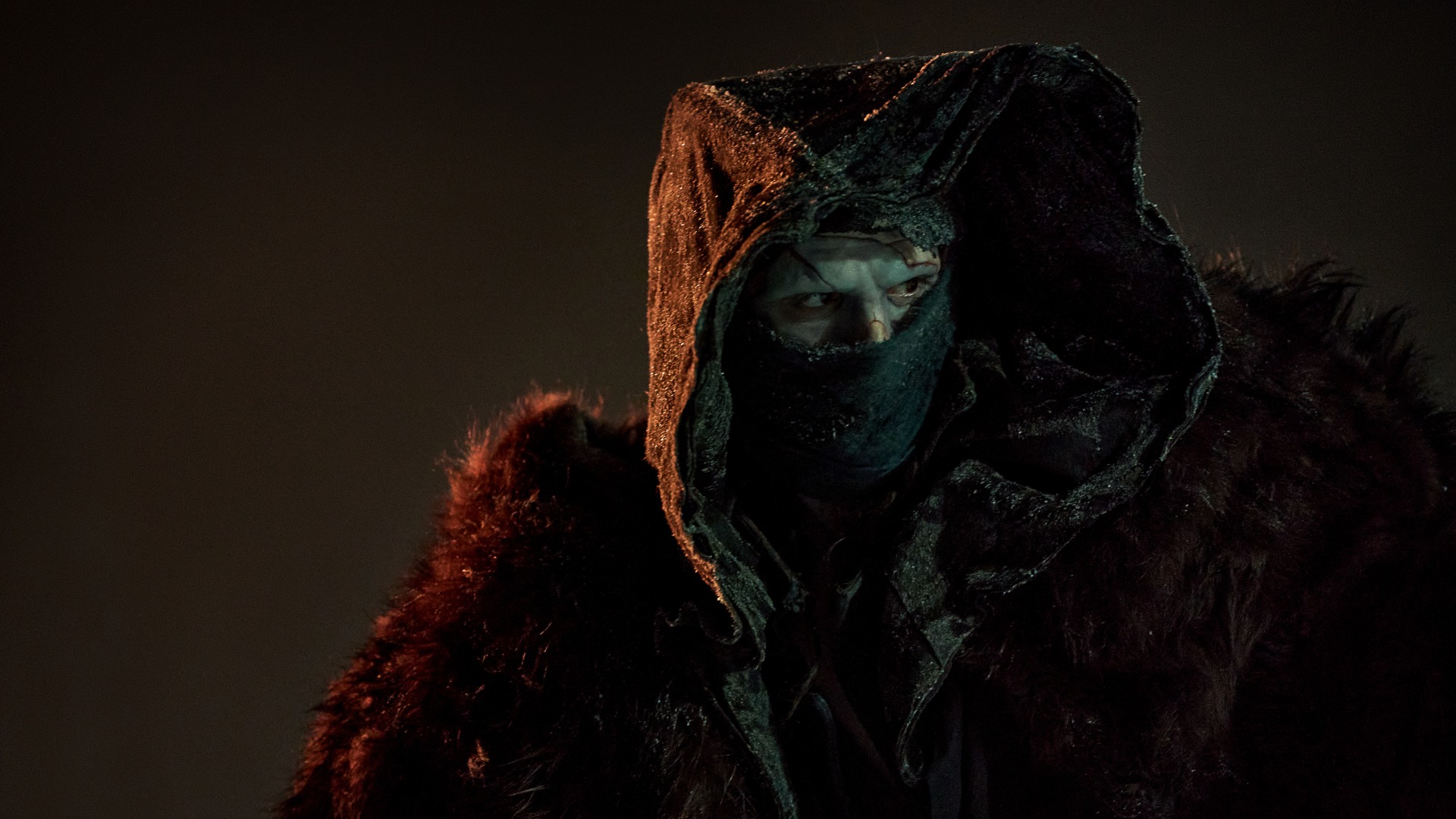 The HUMAN HEART of the MONSTER MOVIE
The HUMAN HEART of the MONSTER MOVIE